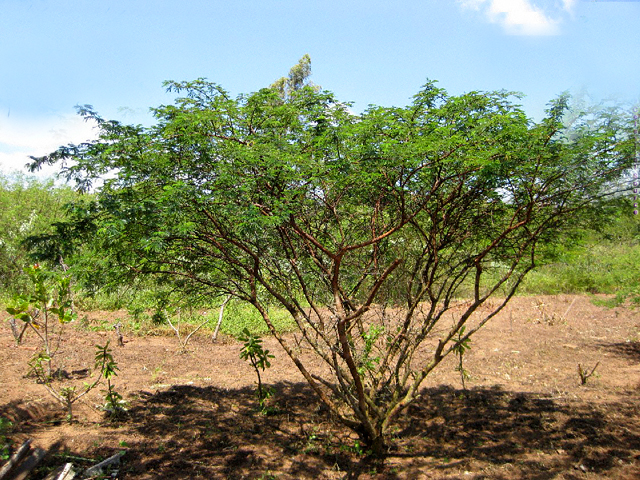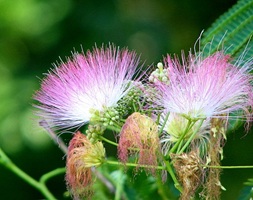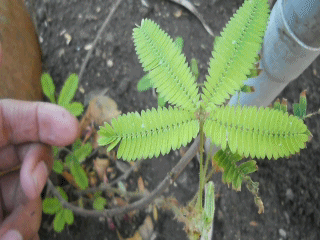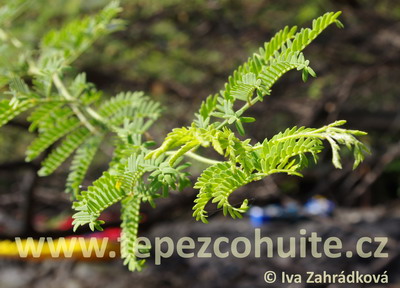Tepezcohuite - Tree skin
He helped Us, He will help you too!
The Tepezcohuite tree (read: ,,Tepezcohuite") belongs to the Mimosaceas family, you can find names like Mimosa tenuiflora, syn. Mimosa hostilis. Due to its healing properties, especially in the field of cosmetics and regeneration, it is referred to as the "Skin Tree". In ancient Mayan culture it was considered sacred and earned the nickname "black miracle".

It is an evergreen thorny shrub native to northeastern Brazil and northern and southern Mexico, where it is called "Jurema Preta" - black jurema. It has 3-5cm long pinnate leaves and white fragrant flowers growing in cylindrical spikes. The fruit is a 2-3cm long pod which breaks into 4-6 parts when ripe. The tree is found at an altitude of 50-600 m above sea level. It grows up to 8 m high and lives 4-6 years without fertilization. The bark and oil of this tree is mainly used to make ointment - TEPEZCOHUITE POMADE ARBOL DE VIDA = translated from Spanish - Tepezcohuite tree of life.
MIMOSA TENUIFLORA, or the shy tree
This plant can be encountered in the Czech Republic in the form of a houseplant, which is known for its unusual reaction to touch. This 30 - 60 cm tall woody plant has palmate pinnate leaves that fold when touched and also with evening falling asleep. In the morning, with the first rays of sunlight, the plant unfolds its leaves again. The leaves also droop with the stem, which is spiny. However, this spectacle is provided by the sensitizer unless it is in a cool habitat or is overwatered. Sensitivity is also affected by the age of the plant. As it ages, sensitivity to touch decreases. Once the sensitivity ceases to feel irritation, it will open its leaves wide again for admiration. If the plant is properly cared for from spring to autumn, purple flowers resembling tassels appear at the end of the twigs, which later form seeds.




